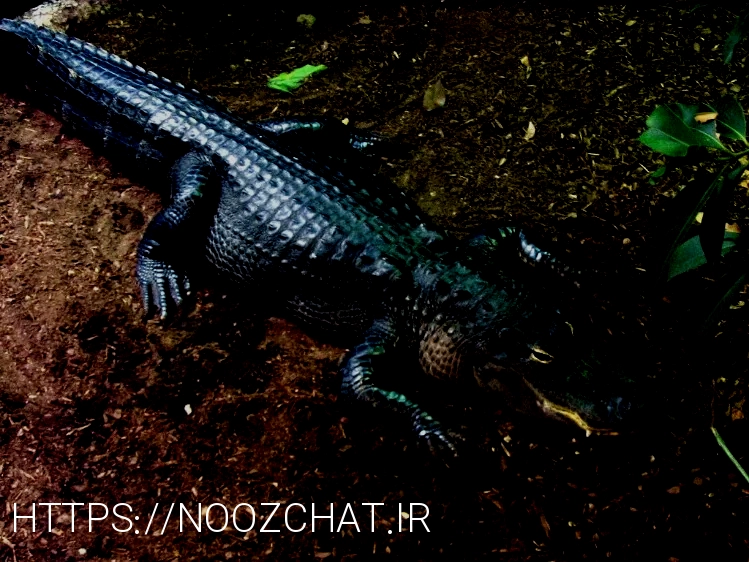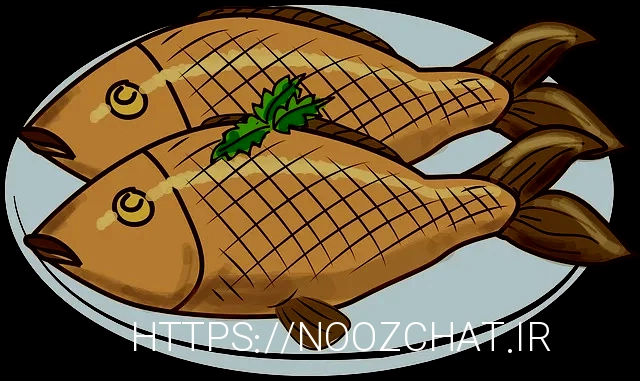Chimps Can’t Cook, But Maybe They’d Like To
Western chimpanzees separated from the other chimpanzees around 500,000 years ago. For comparison, bonobos are only separated from them by 800,000 years. This has led some researchers to suggest Western chimps be defined as their own separate species.

The first, a bulk indent test, used a large hemispherical probe (of 3.6 mm radius) for measuring the elastic modulus of bulk food items, like fruit flesh. A sample must be cut so that is stable and has a flat surface normal to the probe. Care must be taken that the sample is sufficiently thick (≥2 mm) and that the indent does not exceed 10% of the sample thickness to avoid influence of the substrate on which it rests64. The second test is a membrane test that can be used on sheet-like materials like leaves and, in some cases, a peel-like exocarp of a fruit. A test specimen was clamped between two transparent plates that have aligned circular holes, 2 mm in radius, in their centre. A hemispherical probe of 0.25 mm radius is then used to measure the elastic modulus of a specimen—laminar leaf tissue or some external fruit peels by pressing down on a specimen exactly in the centre of the exposed disc of tissues.
They feast on a plethora of fruits such as bananas, figs, berries, and mangoes. Nuts, including almonds, walnuts, and cashews, are also relished by chimpanzees. They use tools like rocks or sticks to crack open tough shells and extract the nutritious kernels inside. 5-Variety—In considering our ancestral diets, we tend to imagine our ancestors ate “ideal” diets for their bodies. Different chimps eat different diets as a function of what they find, just as our ancestors would have eaten different foods depending on just where they lived as well as other factors. Studies of chimp diets based on carbon and nitrogen isotopes have found some chimps appear to eat exclusively plants, whereas some individuals feed a little higher on the food chain.

I did a quick count and found fewer than fifty plant species in my entire local farmer’s market. Bulk food items, such as substantial pieces of fruit flesh, had their toughness estimated by employing the wedge test. A sharp wedge (circa 15°) would be driven into a food specimen of known dimensions for a known displacement, thus generating a crack within it. A second pass, as described above, compensates for the influence of friction. The energy actually used in crack formation, obtained by deducting the work done in the second pass from that in the first, was then divided by the area of the newly created surface to obtain an estimate of the toughness61. When these circumstances arise, a single blade, or two crossing blades as in a pair of scissors, was used to propagate a crack though a material of known dimensions.

This finding is similar to that of spider monkeys (Felton et al., 2009a; Felton et al., 2009b). Figs contain less protein than drupes, which explains why chimpanzees consumed more young leaves and other non-fruit foods on fig-days than on drupe-days (Uwimbabazi et al., 2019). Although drupes are richer in soluble carbohydrates and AP compared to figs, figs dominated the diet in terms of food intake and macronutrient contribution. This is partly because figs are more abundant and readily available Doeat.top The importance of diet for animals in the Kanyawara habitat (Uwimbabazi et al., 2019; Wrangham et al., 1991, 1993). Our findings concur with evidence from long term data which shows that Kanyawara chimpanzees spend more time feeding on figs compared to young leaves and other non-fruit foods (Wrangham et al., 1996). Our quantitative results of food mechanical properties indicate that many plant tissues masticated by chimpanzees do inhabit a rather narrow dietary range and could be considered rather easy to process.
Such morphological change is thought to represent, at least in part, adaptation to more mechanically challenging foods25,26,27,28,29. This seemingly correlates well with a broadening of hominin diets over evolutionary time, as demonstrated by the incorporation of a greater percentage of C4 resources11. However, the instigation of this adaptive morphology predates the incorporation of large amounts of C4 resources into the hominin diet11,24,30,31,32. This may indicate that the dietary mechanical pressures that predisposed early hominins to increased craniodental robusticity are in fact to be found in C3 as well as C4 food resources of the mosaic woodland environment. A 2015 study in Liberia found that 74 chimpanzees had been killed to be sold in food markets.
We used ADCP values for the same Kibale food species estimated by Conklin-Brittain, Dierenfeld, Wrangham, Norconk, & Silver (1999). For the rest of the macronutrients, we used traditional standardized methods. Lipid content was measured using petroleum ether extraction for four days at room temperature (Conklin-Brittain & Wrangham, 1994). Water-soluble carbohydrates (WSC) were estimated using a modified phenol/sulfuric acid colorimetric assay with a sucrose standard (Conklin-Brittain et al., 1998). Neutral detergent fiber (NDF with α-amylase), acid detergent fiber (ADF), and acid detergent lignin (ADL) were measured through sequential analysis using an A200 fiber analyzer (ANKOM, Macedon, NY) (Rothman et al., 2012).